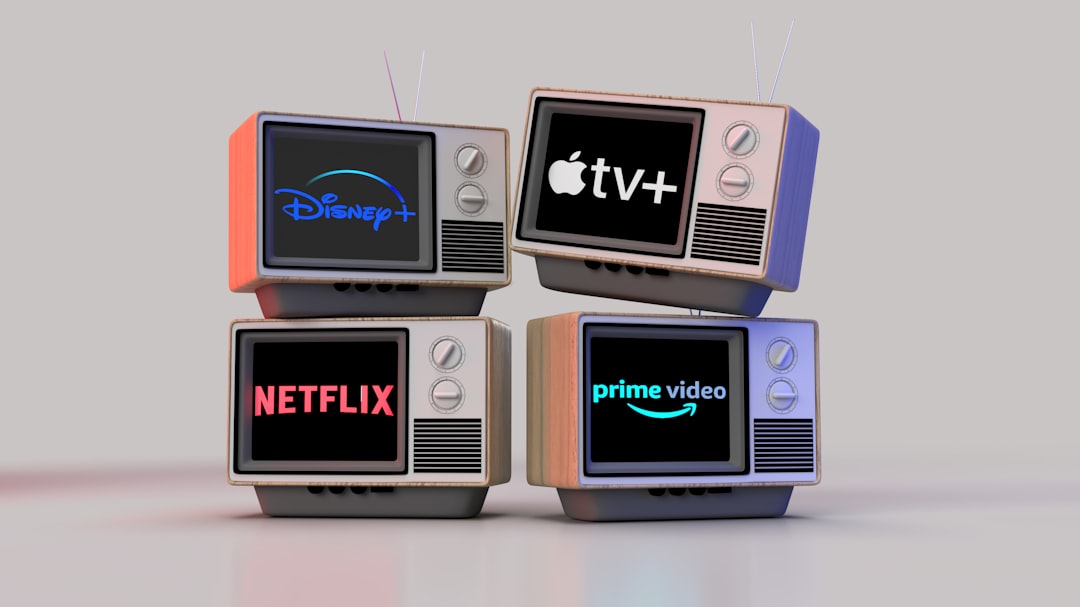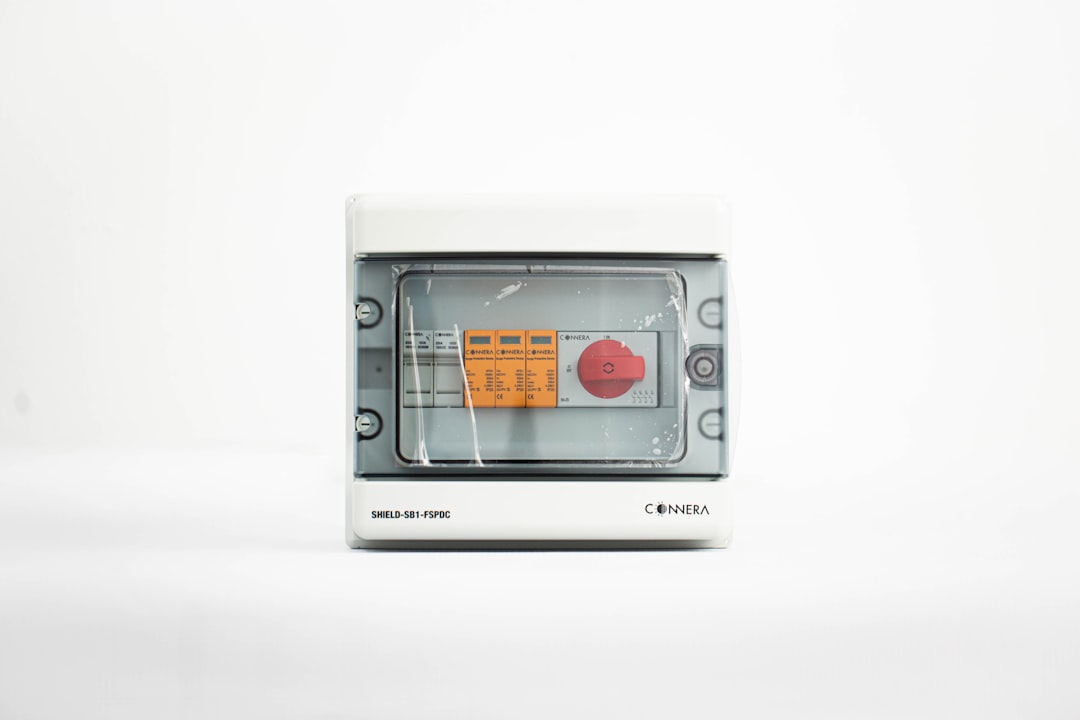Technical writing for medical devices is an essential aspect of the medical industry. It involves documenting and communicating the information about the design, development, manufacture, and use of medical devices. The primary goal of technical writing for medical devices is to provide clarity and accuracy in information, which ensures the safety and effectiveness of the medical devices.
Technical writing for medical devices is highly regulated by the governmental agencies, such as the FDA (Food and Drug Administration) in the US, EU MDR (Medical Device Regulation) in Europe, and TGA (Therapeutic Goods Administration) in Australia. These regulatory guidelines require that technical writing for medical devices should follow specific best practices to ensure the quality of the documentation.
Here are some of the best practices for technical writing for medical devices:
1. Write for the Intended Audience
Technical writing should always consider the intended audience. Medical devices are used by various stakeholders, including healthcare professionals, patients, regulators, and other interested parties. Therefore, the documentation should be written in a way that is easily understandable for its various users.
2. Use Clear and Concise Language
Medical devices may be complicated products, but the language used to describe them should be clear and concise. Technical writing should avoid using jargon and complex technical terms that may confuse the reader. Instead, it should use simple language that is easy to understand and convey the intended message.
3. Include All Relevant Information
Technical writing should provide all the necessary information about the medical device. This includes the technical specifications, user manuals, labeling, and packaging information. The documentation should also include the intended use, warnings, precautions, and adverse reactions when applicable.
4. Comply with Regulatory Requirements
Technical writing for medical devices must comply with the regulatory requirements of the governing agencies, such as the FDA, EU MDR, and TGA. The documentation should follow the guidelines and regulations set forth by these agencies.
5. Use Appropriate Formatting
The formatting of the technical writing should be consistent throughout the documentation. The font size, margins, bullets, and numbering should be used consistently. This consistency allows the reader to find information easily and quickly.
6. Adhere to Design Controls
Design controls ensure that the medical device is designed and developed according to applicable regulatory requirements. Technical writing for medical devices should adhere to design controls and document the design and development stages of the medical device.
In conclusion, technical writing for medical devices plays a critical role in the medical device industry. It ensures that the documentation is clear, concise, and compliant with regulatory requirements. By following these best practices, technical writers can produce high-quality documentation that contributes to the safety and effectiveness of medical devices.










